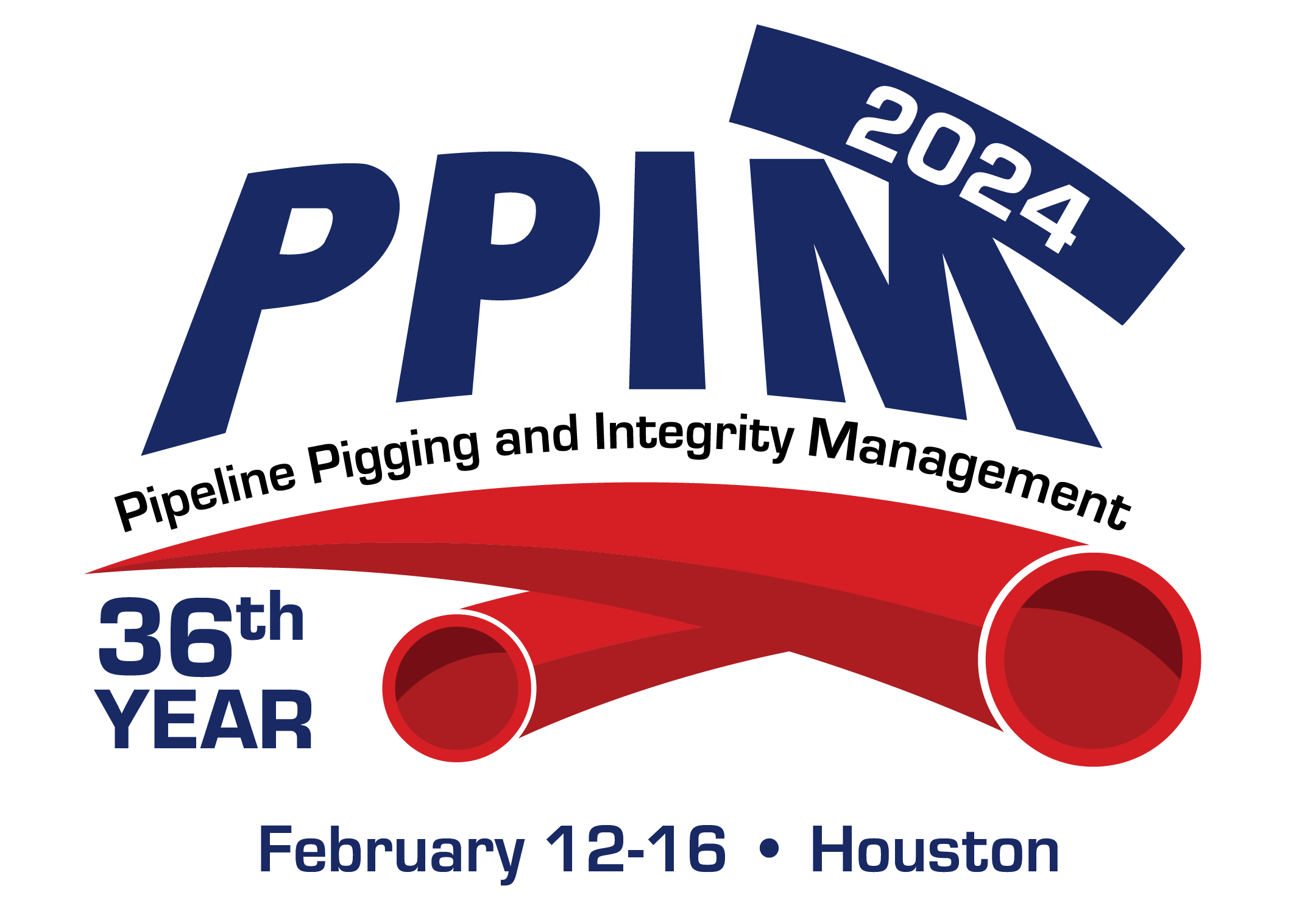COURSE SCHEDULE (both days)
7.30: Registration, breakfast, coffee
8.00 – 5.00: Course
It will be necessary to bring a laptop to this course.
NEED FOR THE COURSE
The threat from geohazards has received increasing attention among operators and regulators over the last decade. Several notable failures have received public attention, and PHMSA has stated their intent to focus on geohazards and has released two bulletins specifically addressing geohazards since 2019. Many operators are challenged with how to manage geohazards and the lack of clear requirements in this space make it difficult to know where to begin. This course will cover the basic level of information necessary for operators to understand and begin addressing geohazards.
LEARNING OBJECTIVES
By the end of the course, attendees should understand the following:
- How do geohazards cause pipeline failures?
- What are the elements of a geohazard management program?
- What tools are available to manage geohazard threats?
- How can geological and ILI-based assessments be utilized in a geohazard program?
- When are in-situ investigations necessary?
- What are the key considerations in implementing monitoring, pre-emptive mitigation and post-event remediation?
WHAT YOU WILL LEARN
- New Integrity Engineers attending this course will receive exposure to the geohazard management process including terminology and the tools used in the assessment of the geohazard threat.
- Senior Integrity Engineers would gain a deeper understanding of geohazard assessment and mitigation methods, including response criteria and mitigation options.
CONTINUING EDUCATION UNITS
On completion of the course, participants will be awarded 1.4 CEUs.
WHO SHOULD ATTEND
Pipeline engineers, managers and service professionals who are involved with the operation, maintenance, inspection and repair of pipelines.
INSTRUCTORS
Alex McKenzie-Johnson is a landslide enthusiast and geologist who spent his formative years roaming the hills and mountains of the Pacific Northwest. Alex’s approximately two decades of professional geology experience have been primarily focused on the management of pipeline geohazards across North America as both a consultant and as an employee of a major pipeline company. Alex was the lead author and project manager of the 2020 INGAA Foundation Report “Guidelines for Management of Landslide Hazards for Pipelines.” Alex was also a key contributor to the 2018 PRCI Report “Guidelines for Management of Geohazards Affecting the Engineering and Construction of New Oil and Natural Gas Pipelines” and the 2019 ISO Standard 20074 “Petroleum and natural gas industry — Pipeline transportation systems — Geological hazard risk management for onshore pipeline.”
Alex currently leads a team of geologists, geological engineers, and geotechnical engineers at Geosyntec Consultants, Inc. that provide support for many aspects of pipeline geohazard management including programmatic development of processes and procedures, threat identification and assessment, installation and implementation of instrumentation and monitoring, and design and oversight of mitigation measures.
Rhett Dotson is the Chief Engineer at D2 Integrity. Rhett has 17 years of experience in the pipeline industry with expertise in using data collected from in-line inspection, analysis, and full-scale testing to manage the threats associated with mechanical damage, weather and outside forces, and vintage pipe materials. Rhett has contributed to the development of API RP 1183 and is a member of the ASME B31.8 Operations and Maintenance subcommittee.
SYLLABUS
Geohazard Basics
• This class will cover the basics of geohazards. What are the different types of geohazards and how are they characterized? How are these geohazards relevant to pipelines?
The Pipeline Threat
• How do geohazards cause pipelines failures? How are tensile and compressive strains different?
Threat Identification, Methods & Integration
• How do we identify areas prone to geohazards, and why does an integrated approach using LiDAR, IMU, pre-existing mapping, and GIS produces optimal results?
• How do you read and use bending strain reports?
• How do you use LiDAR data?
Framework – Threat Management
• Threat Management – how do we prioritize geohazard features?
• What options are available for mitigation and monitoring?
• What are the respective pros and cons of various approaches? What are the items that need to be considered to avoid making the problem worse?


